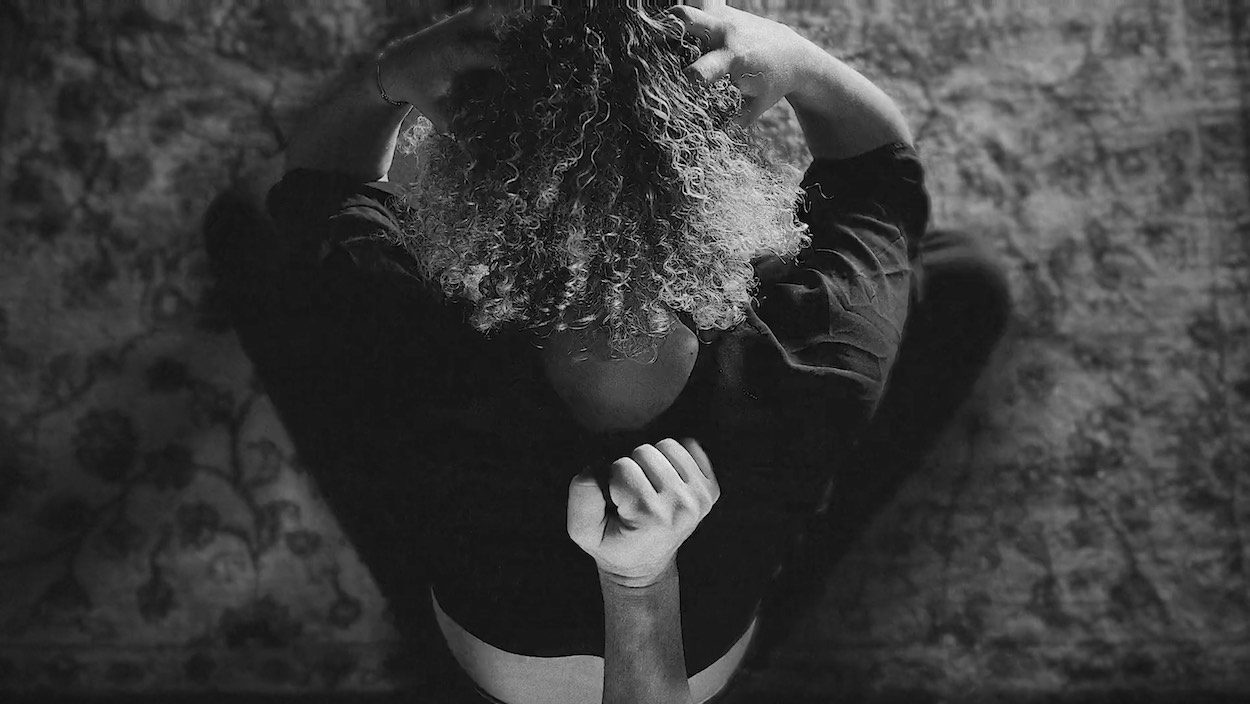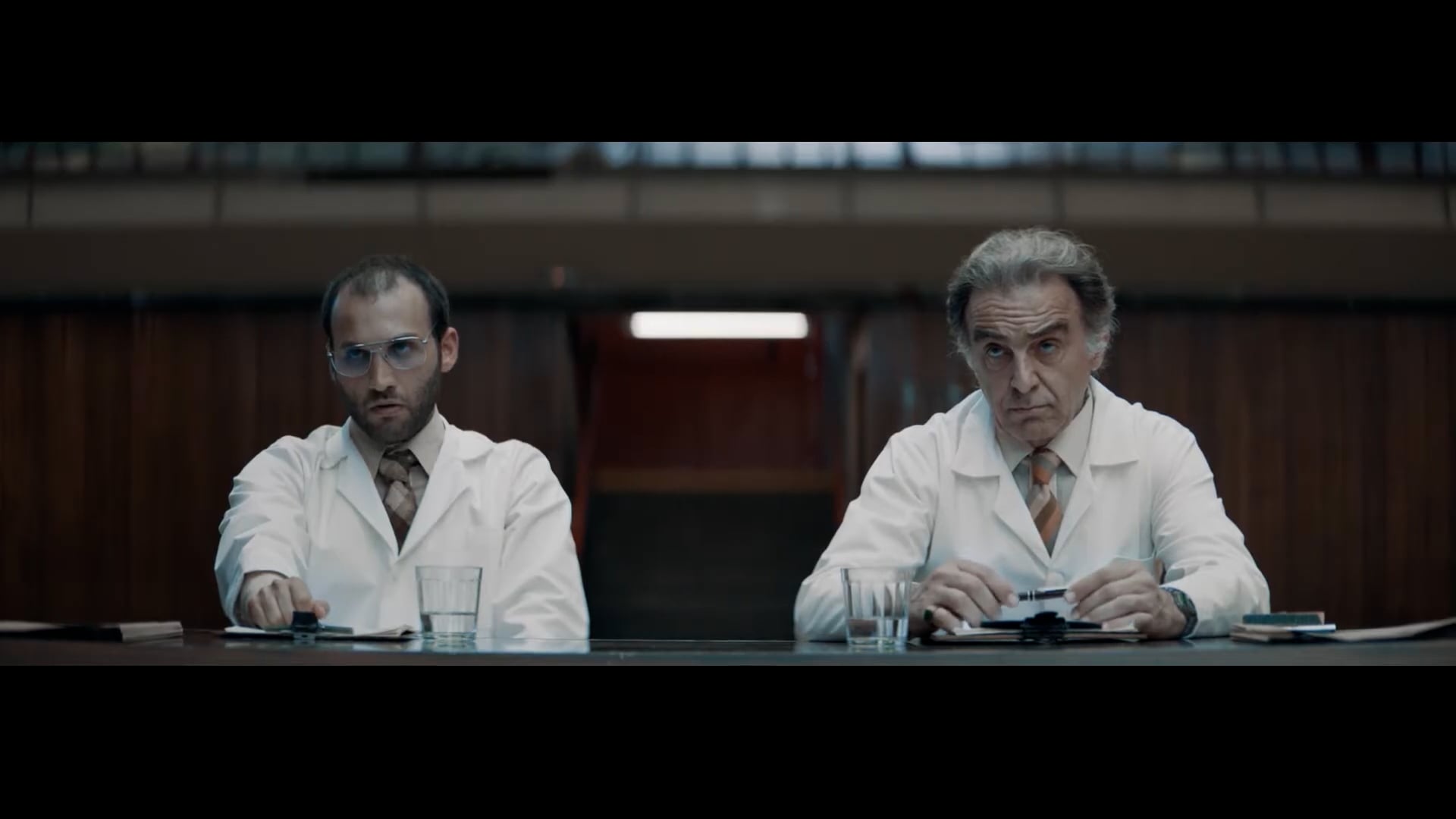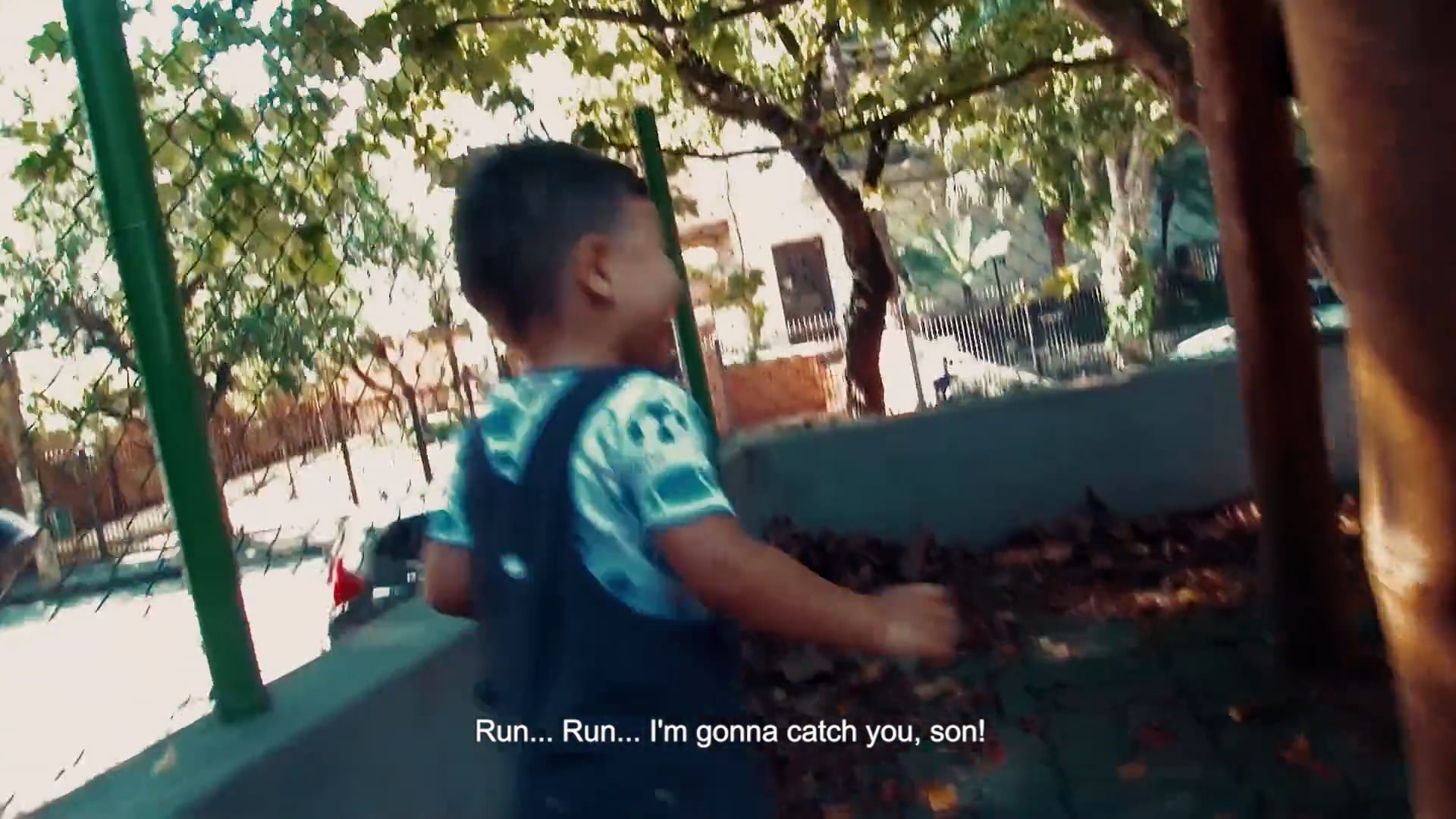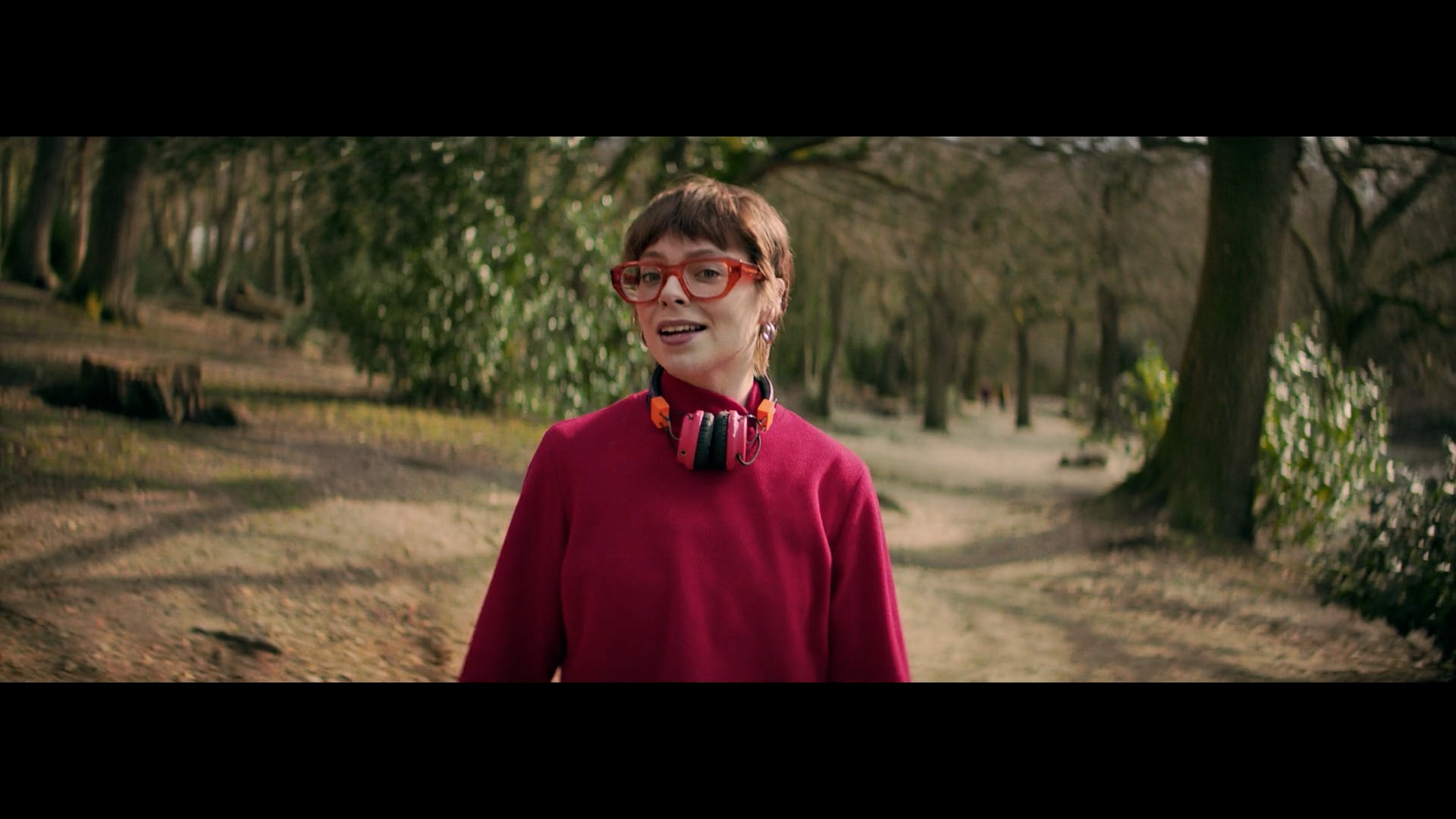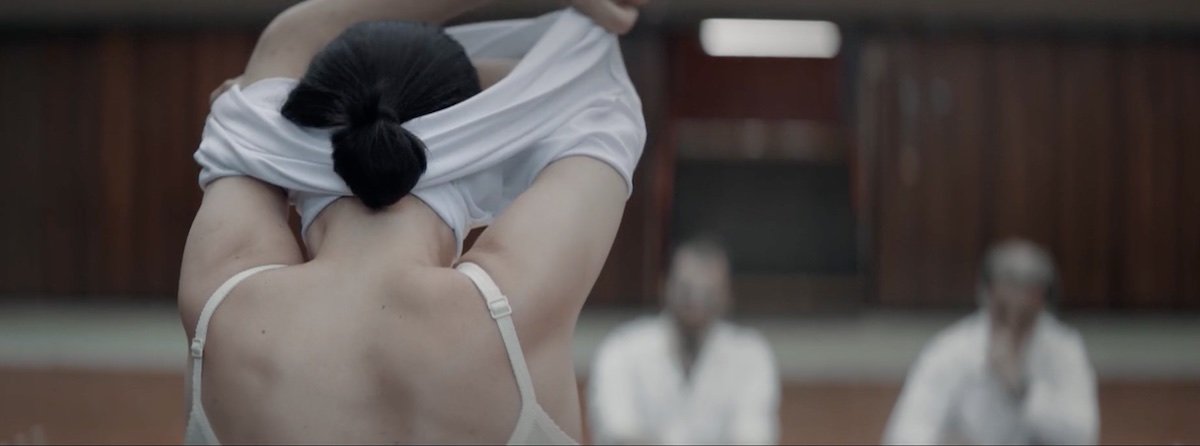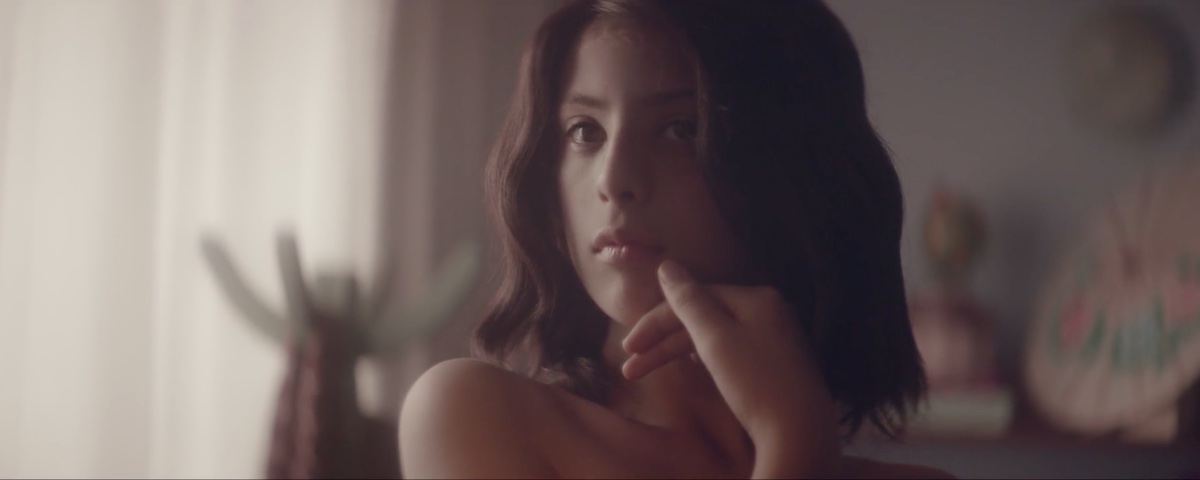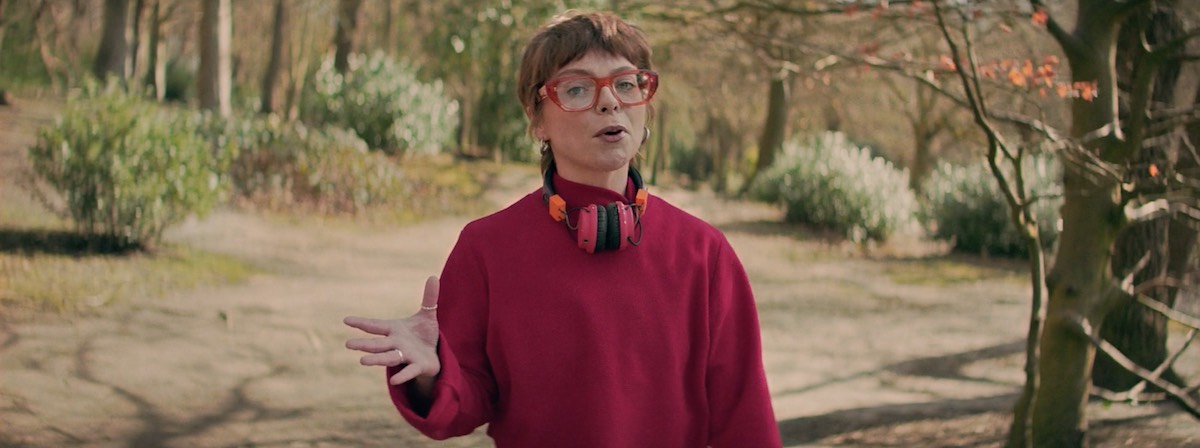Let Her Run
Your work, which last year picked up some notable international awards, tackles social and cultural issues such as diversity in sport, domestic violence and transgender parenthood with a sensitivity that isn’t sentimental. What drew you to making these films? Was it a sense of injustice?
I always believe in the strength and influence that films have on people’s lives and therefore working in the audiovisual industry carries a great responsibility. That’s why I spend a great part of my career making educational movies which can help people consider a world with fewer differences and prejudices.
My ads did receive great prominence last year thanks to so many awards, however my greatest reward is when I read a message from a person whose life has been touched by one of my films.
2Break the Silence in particular is stunningly crafted – tell us what the initial brief was and how it evolved into this black-and-white tribute to abused women?
This film was one of the biggest challenges of my career. The artistic idea grew out of the frightening number of women experiencing acts of violence against them. In Brazil, we have such complaints every two minutes and what’s more, there are 720 complaints reported every month.
So my idea was to portray these 720 complaints with 720 different women in moments of violence. At the same time, a great deal of technical preparation was required to capture such a feat. Significantly, all the women who appeared in the video are real women who have suffered some type of abuse. I needed to direct each woman with great care and humanity.
The lighting is key to the clarity of the portraits of the women but it must have been a major job editing this piece. Please tell us about the production, the main challenges and how you resolved them.
The film was made by using 720 photos, and this was by itself a great challenge for the footage. It took days of work to find the ideal rhythm. My intention was to make a totally non-linear dynamic film, that’s why it was edited by five different editors. Each one played a part and in the end, we just put them all together. Thus obtaining an unusual timeline.
The capture also had its particularities as they were real women, not actresses, and so we knew that it would be necessary to find a different way of directing. I created group directing sessions, an unusual technique but they gave me an excellent result.
The music gives 2Break the Silence a dignity that is missing from so many social films where the sound is overly dramatic. Was this piece specially written and performed for the film?
Undoubtedly, the music is one of the highlights of the film. I take great care with sound in all my work, and this project was no different. This soundtrack, composed exclusively for the film by award-winning audio producer Canja Audio Culture, had the mission of creating a very strong sensory experience which is somewhat uncomfortable for the ears.
My First Bra
Let Her Run is such an eye-opener that, like so many things, is difficult to comprehend. How did this film come about – please tell us about the creative process of making this.
It’s amazing how faithfully each scene portrays the film’s storyboard. Each frame is carefully crafted. I needed to show a woman being exposed without revealing anything about her body. I knew I would lose connection with the viewer at the slightest hint of nudity. The location was also crucial. In the original script, the film took place in a locker room but the gymnasium was chosen with the intention of creating an extremely uncomfortable feeling for our character.
At the same time that she is dwarfed in such a big place, she is also the focal point surrounded by the bleachers. Like she was on stage with her shame and exposure. I cannot forget to mention the performance of the cast, led by Mika Racciatti. To arrive at the strong performance presented, it took a work of creation and personification of the character. I rehearsed with the actors using the Stanislavski method which I adapted for advertising performances.
Please give us the elevator version of your background which led you to directing.
Certainly the fantasies of my mind are responsible for my being a director. Since I was little, I used to create sequences of the stories for the movies I used to watch. Movies such as Edward Scissorhands, Home Alone and Rocky. Getting that out of my mind and putting it on screen turned out to be a natural path. At the age of nine, I was already making small productions with a simple JVC camcorder that my family had at our home in Sao Paulo Brazil.
Brothers & Sisters, Not For Profit
You recently signed to Birth in London and we hear you’ve shoot your first UK film – how did that go?
Prophet was my first experience with Birth since signing with them at the beginning of the year, and my first time shooting in the UK. Production and the crew they assembled for it were incredible, providing me with all the tools I needed to realise my vision for the film in the best way possible.
The not-for-profit film for Brothers & Sisters has a strong text and an important message: look at the world differently, question if profit is being distributed to those who need it most. It needed to be said in an intimate way, like talking to a friend. Which made it even more interesting to me. I love films where the message has a social character with ideals and values that strive for a better society. As it’s a monologue to camera, my mission was to draw out a convincing and natural performance from the actor.
Apart from these strong social films, do you want to create other genres? If so what are your plans?
Beyond the films tackling social issues, I believe my great specialty is storytelling. As well as presenting a real, almost documentary sensibility, I take great care with a film’s aesthetics and creating a cinematic atmosphere.
@rafadamy
@birth_productions
Birth website
